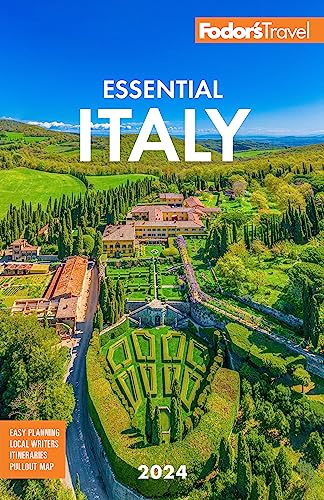In ancient times, just about anybody who was anybody had a villa in Tivoli, including Crassus, Trajan, Hadrian, Horace, and Catullus. Tivoli fell into obscurity in the medieval era until the Renaissance, when popes and cardinals came back to the town and built villas showy enough to rival those of their extravagant predecessors.
Nowadays Tivoli is small but vibrant, with winding streets and views over the surrounding countryside. The deep Aniene River gorge runs through the center of town and comes replete with a romantically sited bridge, cascading waterfalls, and two jewels of ancient Roman architecture that crown its cliffs—the round Temple of Vesta (or the Sybil, the prophetess credited with predicting the birth of Christ) and the ruins of the rectangular Temple of the hero-god Tibur, the mythical founder of the city. These can be picturesquely viewed across the gorge from the Villa Gregoriana park, named for Pope Gregory XVI, who saved Tivoli from chronic river damage by diverting the river through a tunnel, weakening its flow. An unexpected side effect was the creation of the Grande Cascata (Grand Cascade), which shoots a huge jet of water into the valley below. You may also want to set your sights on the Antico Ristorante Sibilla, set right by the Temple of Vesta. From its dining terrace you can take in one of the most memorably romantic landscape views in Italy.




